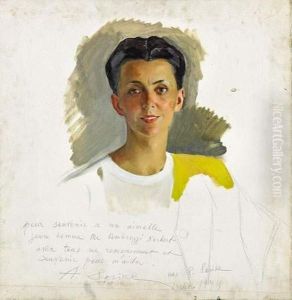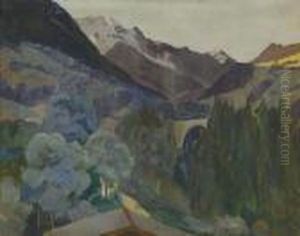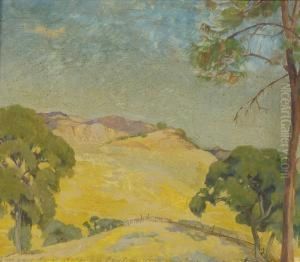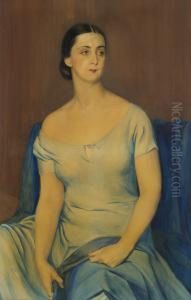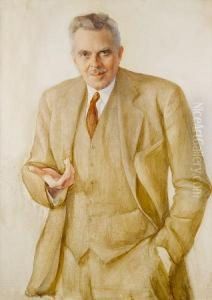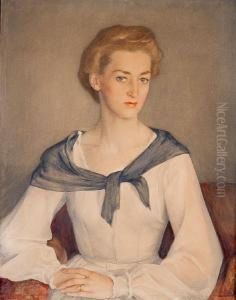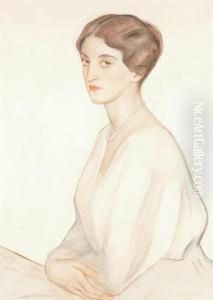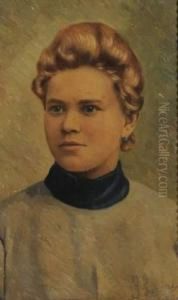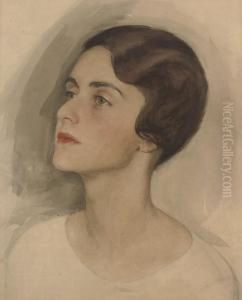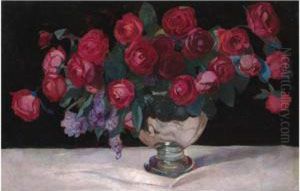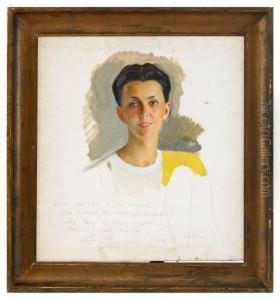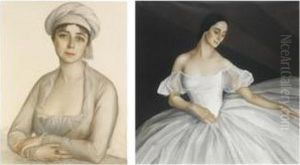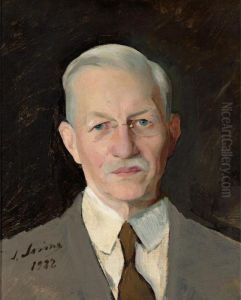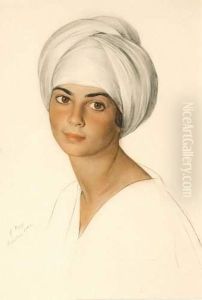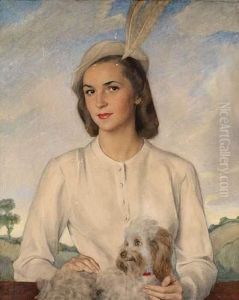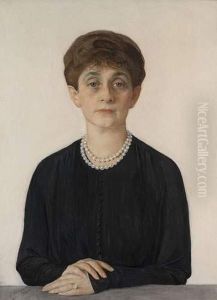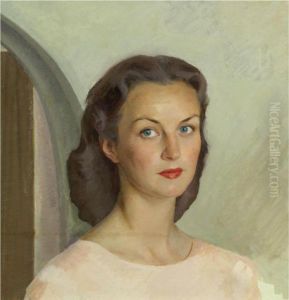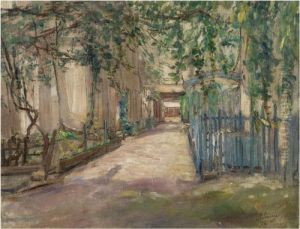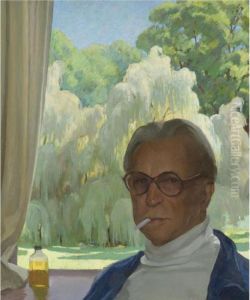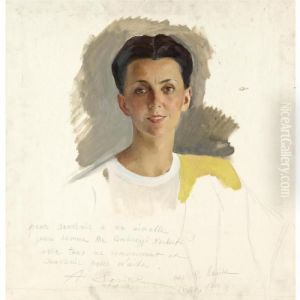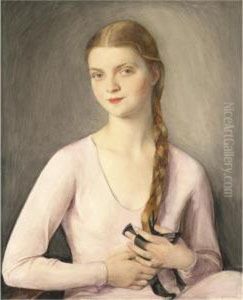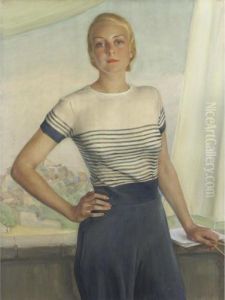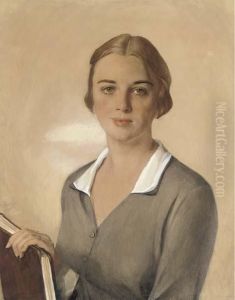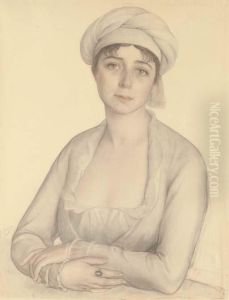Savely Sawelij Sorin / Paintings
Savely Sawelij Sorin, also known as Savely Sorin, was a Russian portrait painter who gained significant recognition for his work during the early 20th century. Born on November 23, 1887, in Kursk, Russia, Sorin showed an early interest in art. He pursued his artistic education at the Moscow School of Painting, Sculpture and Architecture, where he studied under notable figures such as Konstantin Korovin and Valentin Serov.
Sorin's talent in capturing the essence of his sitters, along with his elegant style, quickly earned him commissions from the Russian elite. His portraits often reflected the grandeur and opulence of the pre-revolutionary period in Russia. With the onset of the Russian Revolution in 1917, Sorin, like many of his contemporaries, emigrated to escape the turmoil. He traveled through Europe and eventually settled in Paris, which was a vibrant center for artists and intellectuals at the time.
In Paris, Sorin's career flourished. He became part of the Russian émigré community and continued to paint portraits of Russian aristocrats in exile, as well as prominent cultural figures and celebrities of the time. His work was characterized by a blend of realism and a soft, almost impressionistic touch. Sorin's ability to render the texture of fabrics and the subtlety of skin tones was particularly admired. His portraits were not only a testament to his subjects' personalities but also captured the fashion and mood of the era.
Throughout his career, Sorin exhibited his work in various salons and galleries, gaining international acclaim. His portraits were appreciated for their elegance, sophistication, and the psychological depth he managed to convey. Despite the changing artistic trends of the 20th century, Sorin remained committed to the classical approach to portraiture, which continued to appeal to his clientele.
Savely Sorin's legacy lives on through his portraits, which provide a window into the world of the Russian émigrés and the cultural milieu between the two World Wars. He passed away on December 14, 1953, in New York, leaving behind a body of work that continues to be celebrated for its artistic merit and historical significance.
